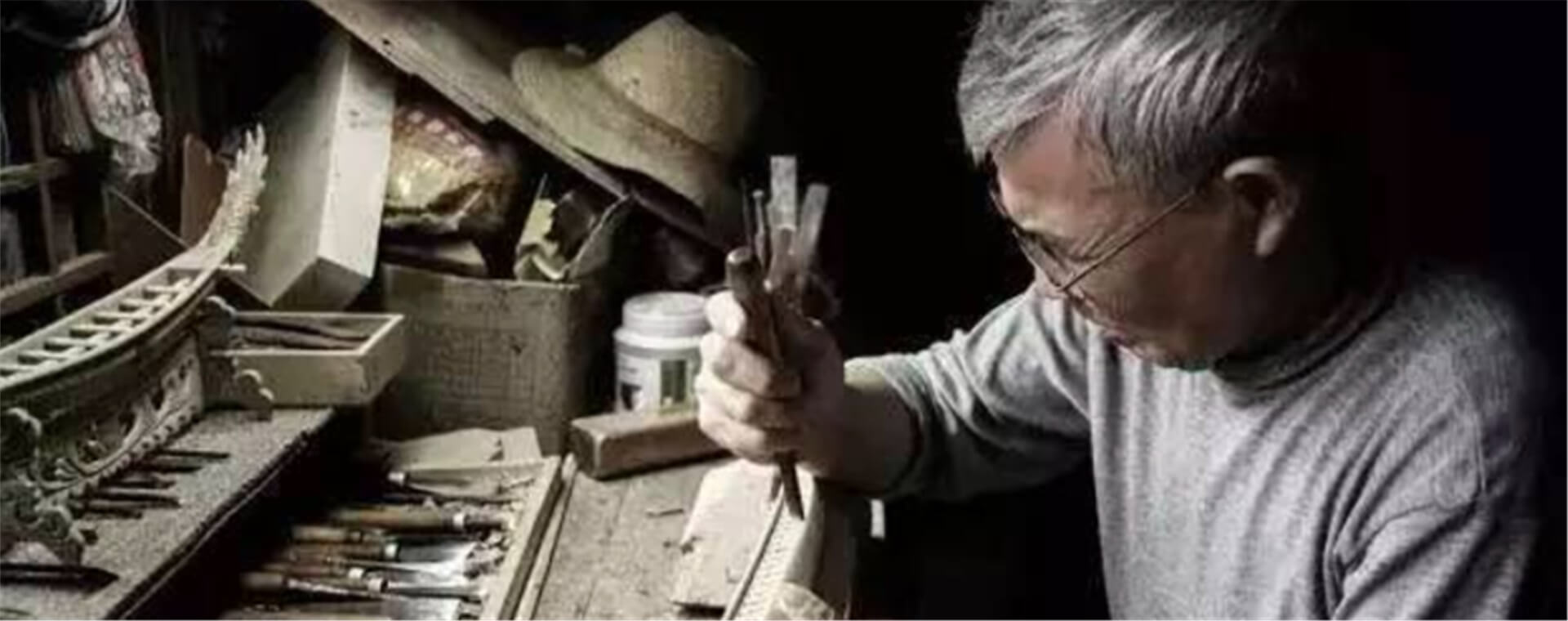The Magic Craft of Suzhou, a documentary themed on intangible cultural heritages of Suzhou, has gained in popularity since it was released on video-streaming platform Bilibili.com. Among others, the idiomatic bilingual subtitles are quite a wow factor. It took Wang Jinhua, a faculty member in the School of Foreign Languages, Soochow University, 20 whole days to translate the narration that contains more than 15,000 Chinese characters into English.
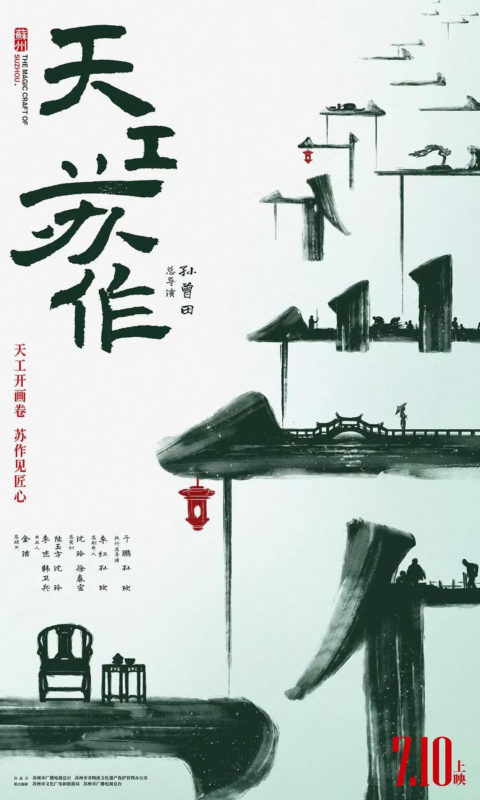
Wang has been offering the course in video translation at Soochow University for a long. Despite his ten-plus years of experience in video translation, he found it challenging enough to precisely explain the technical terms and crafting process of the intangible cultural heritages in another language, let alone the length is limited.
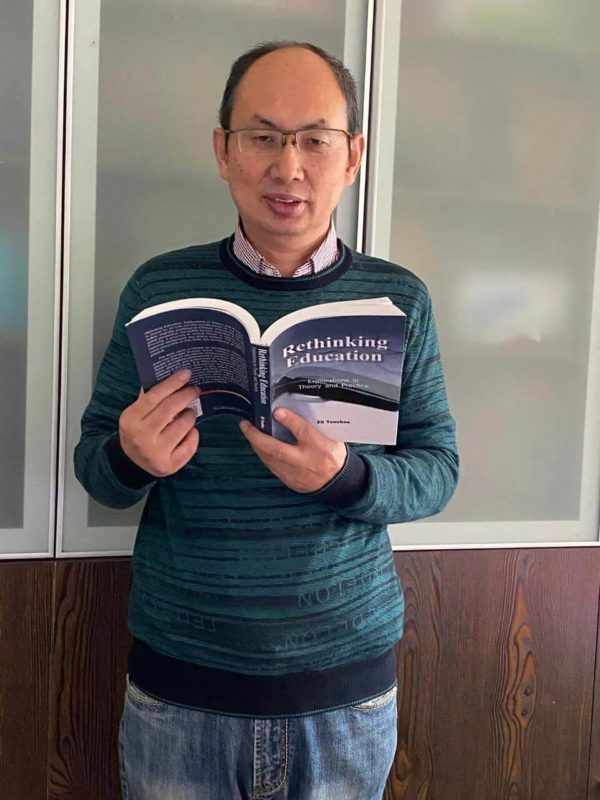
Apart from the ancient-style lines and poems, all the nine intangible cultural heritages introduced in the film have their own technical terms, including the concept of “dividing one silk thread into one hundred strands” in Suzhou embroidery and some other ambiguous words. It’s rather difficult to make sure the translation is easy to understand and meanwhile reproduce the style of the original text.
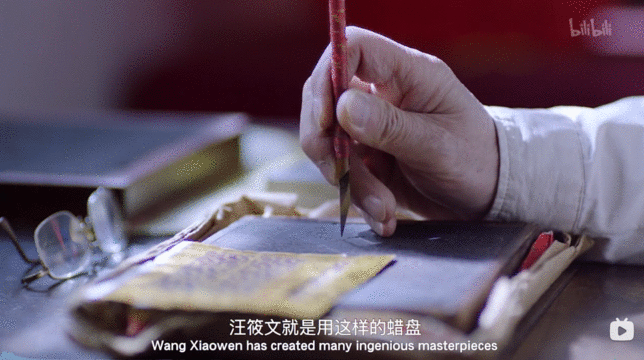
“(Like the traditional crafts) Translation calls for craftsmanship as well,” said Wang. Before starting the translation, Wang consulted a mass of Chinese and English documents and learned a lot about the making crafts of Song brocade, kesi, and others. Wang added that translation shouldn’t be confined to the literal meaning. While rendering the information conveyed by the original text as much as possible, the translator should take into account the idiomatic expressions in English and the characteristics of film subtitles — brevity and readability.
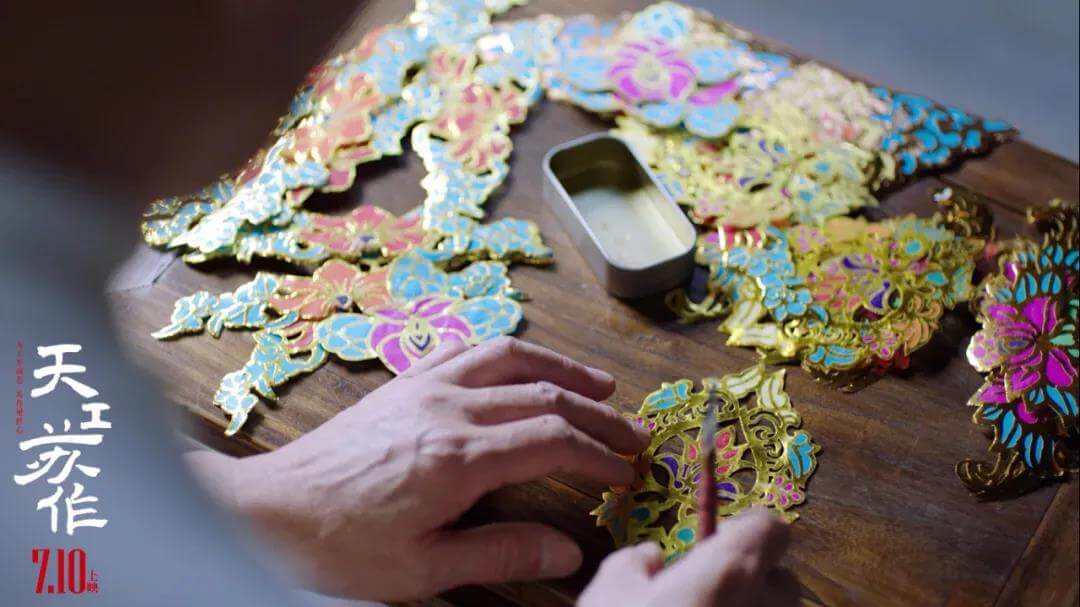
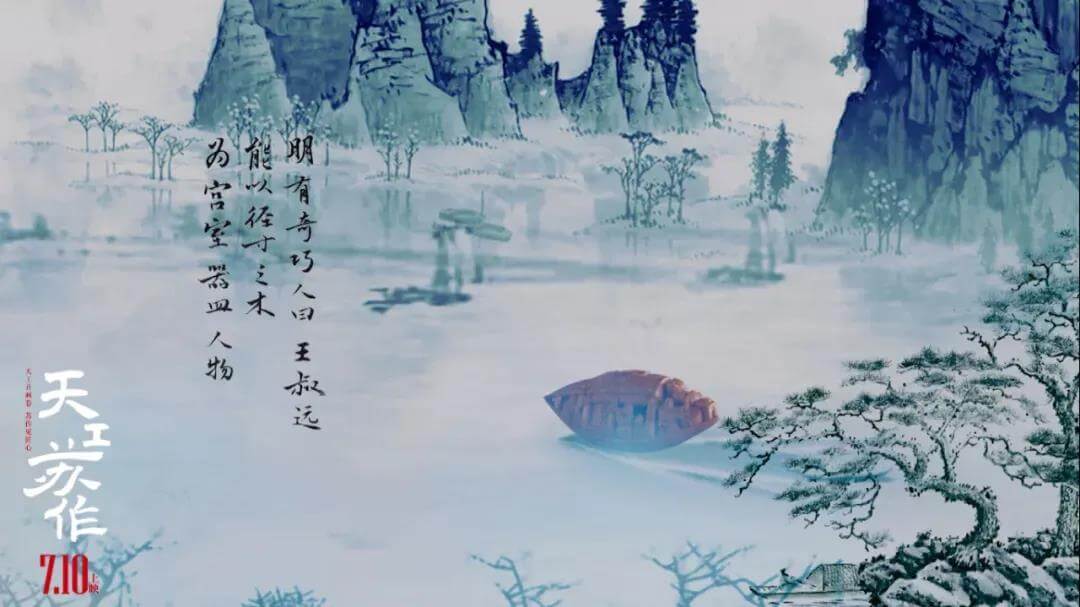
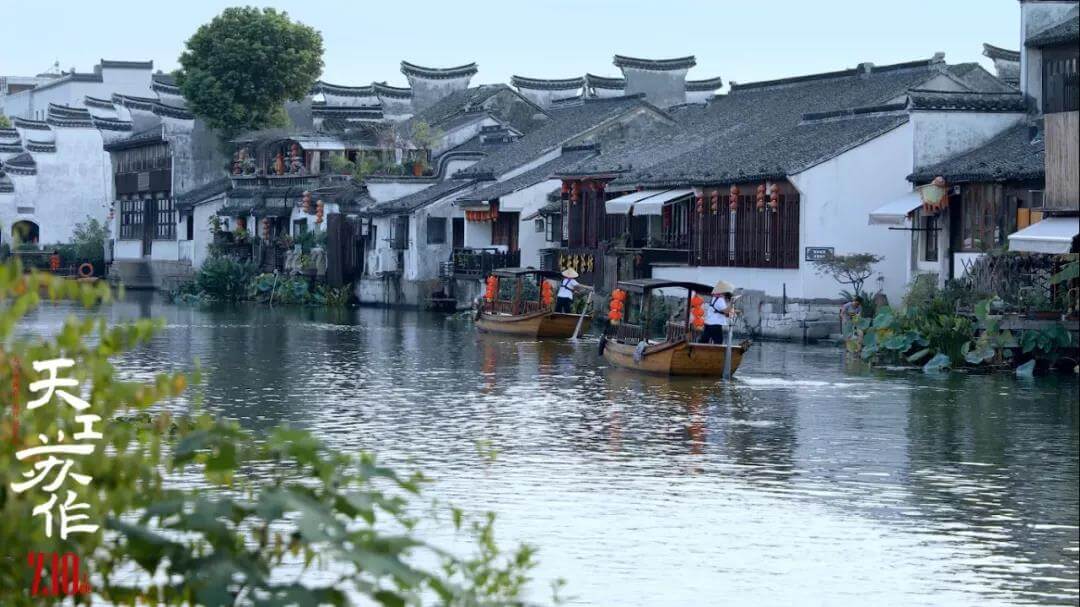
“Quality subtitle translation will give a fresh impetus to cultural communication and make an appreciable difference in introducing Chinese film and television productions to overseas audience” said Wang. “Suzhou is an internationalized city with abundant cultural and historic heritages. We hope to communicate the city to more people from different countries and cultures, and help them develop a liking for Suzhou and its culture.”

